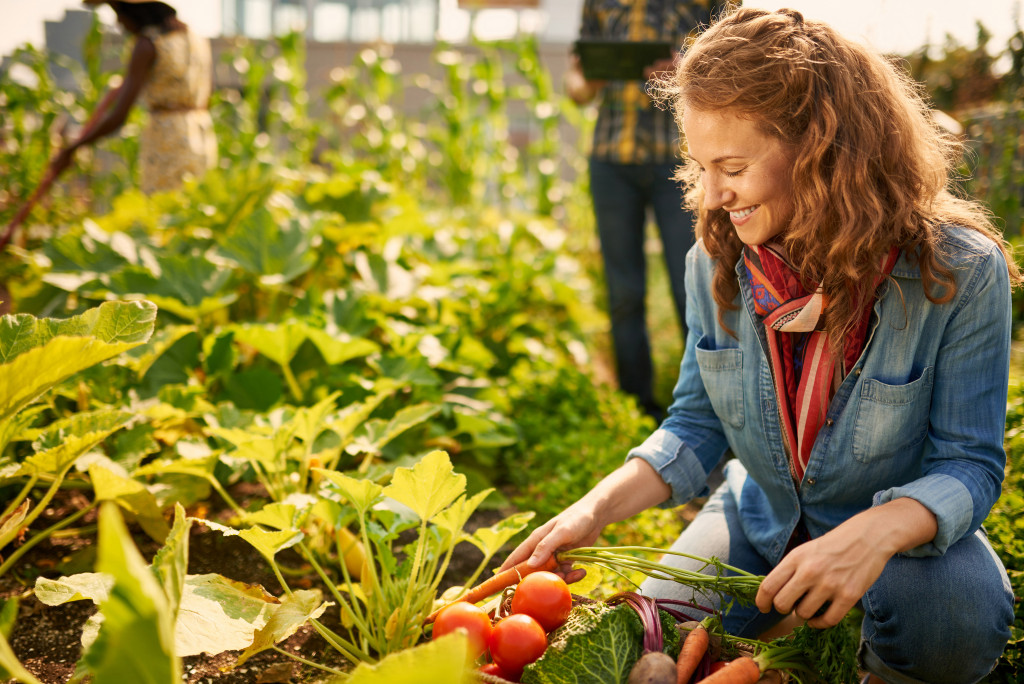Community gardens are an excellent way to bring people together and get them involved in their local community. Members can also get fresh produce, learn about gardening, and meet new people. If you’re thinking of starting a community garden, here are six tips for success.
1. Get Everyone on the Same Page
Here are a few questions to ask when setting up your community garden:
- Do you want people to volunteer their time, or will they be paid for working in the garden?
- What type of produce do you want to grow, for example, vegetables, fruits, herbs, and spices?
- Will there be rules for members?
- What type of gardening methods will you use in the garden, such as organic or chemical fertilizers?
- Will there be any restrictions on who can join your community garden and how much they can contribute to it (e.g., age limit)?
All members need to be aware of the goals and rules for your community garden by establishing clear communication channels with other members.
2. Decide on the Best Garden Design
Use raised beds. If your garden is on an incline, using raised beds can help reduce the amount of soil erosion and keep the plants from becoming waterlogged. They can also be helpful for people who have mobility issues or difficulty bending down as they allow you to garden at a comfortable height.
Meanwhile, the vertical growing system known as a “green wall” can add extra planting space in small gardens. Another option is companion planting, where different plants are grown together near each other for the benefit of both.
You’ll also need to decide on a layout for your garden, considering the size and shape of the plot and the type of gardening you want to do.
3. Prepare for Bad Weather
There’s always a chance of bad weather no matter where you live. Most community gardens have shelter from the rain or sun, such as a shed, gazebo, or covered walkway.
If your garden doesn’t have this type of shelter, it might be a good idea to invest in some temporary covers for your plants. For example, you can use plastic sheeting over your beds during the summer months to protect them from heavy rain and strong winds that could cause damage to garden equipment or seedlings.
A simple way of doing this is by setting up poles in each corner with sheets tied on top like a tent-like structure on either side of the garden. You can use straw or hay bales to create a windbreak around your plot and prevent snow from piling up on the plants in winter.
4. Complement Your Community Garden “Add-On” Services
Adding more services and products to your community garden can help the project generate more income and increase engagement among members. One of these is a commercial mushroom growing. Market data suggests that the demand for these fungi could achieve a compound annual growth rate (CAGR) of over 8 percent until 2027.
You can grow these mushrooms in containers, where they take up little space and can be grown all year round. Other products you could consider selling include honey and handmade crafts, like birdhouses or plant pots made from recycled materials.
It would help if you also thought about offering classes on gardening techniques or raising chickens, which provide eggs and help control pests and weeds.
5. Implement Crop Rotation
Crop rotation is a technique used in sustainable agriculture to improve the soil by alternating the crops planted in a particular area from season to season. This process helps maintain the soil’s fertility as different plants put other nutrients into the ground.
It’s also an excellent way to prevent pests and diseases from building up in your garden, as different crops will attract different types of insects and pests. For example, planting tomatoes in the same spot year after year can lead to a build-up of tomato hornworms.
By rotating your crops, you’ll help keep your garden healthy and productive for years to come.
6. Keep Up with Maintenance Tasks

Community gardens are a lot of work, and they require regular maintenance to keep them looking their best. This might include tasks like weeding, watering, and pruning.
You can remove weeds by hand or with the help of weed killers or herbicides. However, you should only use these products as a last resort as they can harm the environment and may not be allowed in your area.
If you’re lucky enough to have a watering system, then that will make things much easier for you as well.
Successful gardening is possible if you follow these six tips. You can help it thrive year after year and feed your community.

